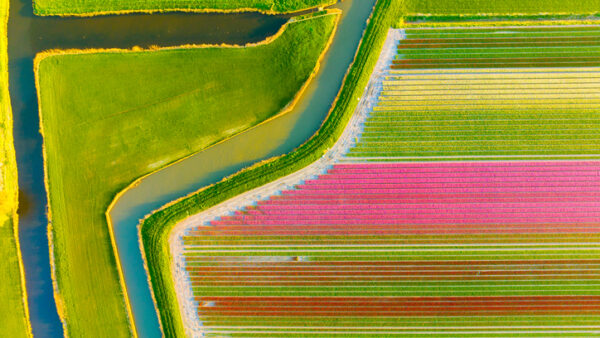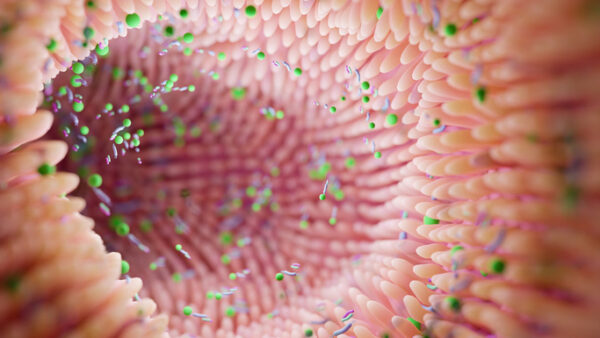Technology, has been transforming our lives for hundreds of years. Long before smartphones; technological progress brought us the press, the locomotive, the first car, the radio, and other countless “innovations” which today seem archaic to us.

Agriculture is certainly part of this evolution. In the field, technology is an indispensable ally in the face of challenges such as natural resource scarcity and a growing world population. We have witnessed undeniable transformations in this millennial activity that is no longer limited to the “sowing, caring, harvesting” process, but rather has evolved into a complex set of practices that include data analysis with image processing and interpretation software, climate monitoring tools in the plantations, and even robots that check nutrients in the soil on the eve of planting.
Such progress, of course, is only possible because the industry has been investing more and more in research, which results in innovation. For example, insofar as pest and disease control in crops is concerned, we can see important technologies that enhance pesticide use. Among these new solutions, it is important to highlight the fundamental role played by drones.
Studies are already underway to understand how this technology can also be useful in pesticide application doses. For example, in the fruit and vegetable market, one of the strongest in Latin America, low volumes and more accurate applications will help farmers not only to optimize costs, but also to overcome several safety and international trade barriers. Many of these crops, such as pineapple, bananas, grapes and other delicate fruits, still rely on the use of backpack pesticide sprayers because it is not possible to use heavy machinery to access the plantations without harming the fruit. Coffee plantations on complex terrains such as hills and slopes may also benefit from technology, keeping farmers from being exposed to risks during application and the dangers associated to the topography they have to work in.
It is also worth considering the efficiency technology affords; preliminary research conducted by different institutions shows a drastic reduction in application time per hectare. To me, this is an even more important step forward because it benefits farmers directly. We are talking about shifting from 12 hour/hectare of applications, an activity that exhausts a person wearing a backpack pesticide sprayer, to potentially a mere 15 minutes/hectare drone flight. By the way, the device could be controlled by the very person who used to wear the backpack. This incredible reduction in the time per hectare has already been achieved in rice fields in China and has improved the lives of those who use to walk the field long hours carrying sprayers on their backs.
Although it is a pilot project in Latin America, I believe deploying drones to apply products or as a data collection tool will be the latest stage in an agricultural revolution that everyone thought ended when automatic harvesters and driverless tractors were introduced. Not without reason, a survey conducted by the PwC consultancy firm found that the market for solutions involving drones in agriculture will reach $32.4 billion worldwide by 2020?
At Bayer, we believe that innovation in agriculture is essential to improving the way we produce food. Technological advances have never stopped and have shown that human ingenuity can always find solutions to the challenges we face. The latest advancements in agriculture and the work that is taking place only reinforce a historically proven fact: When humans and machines are dedicated to a common good, the outcome is always amazing!













